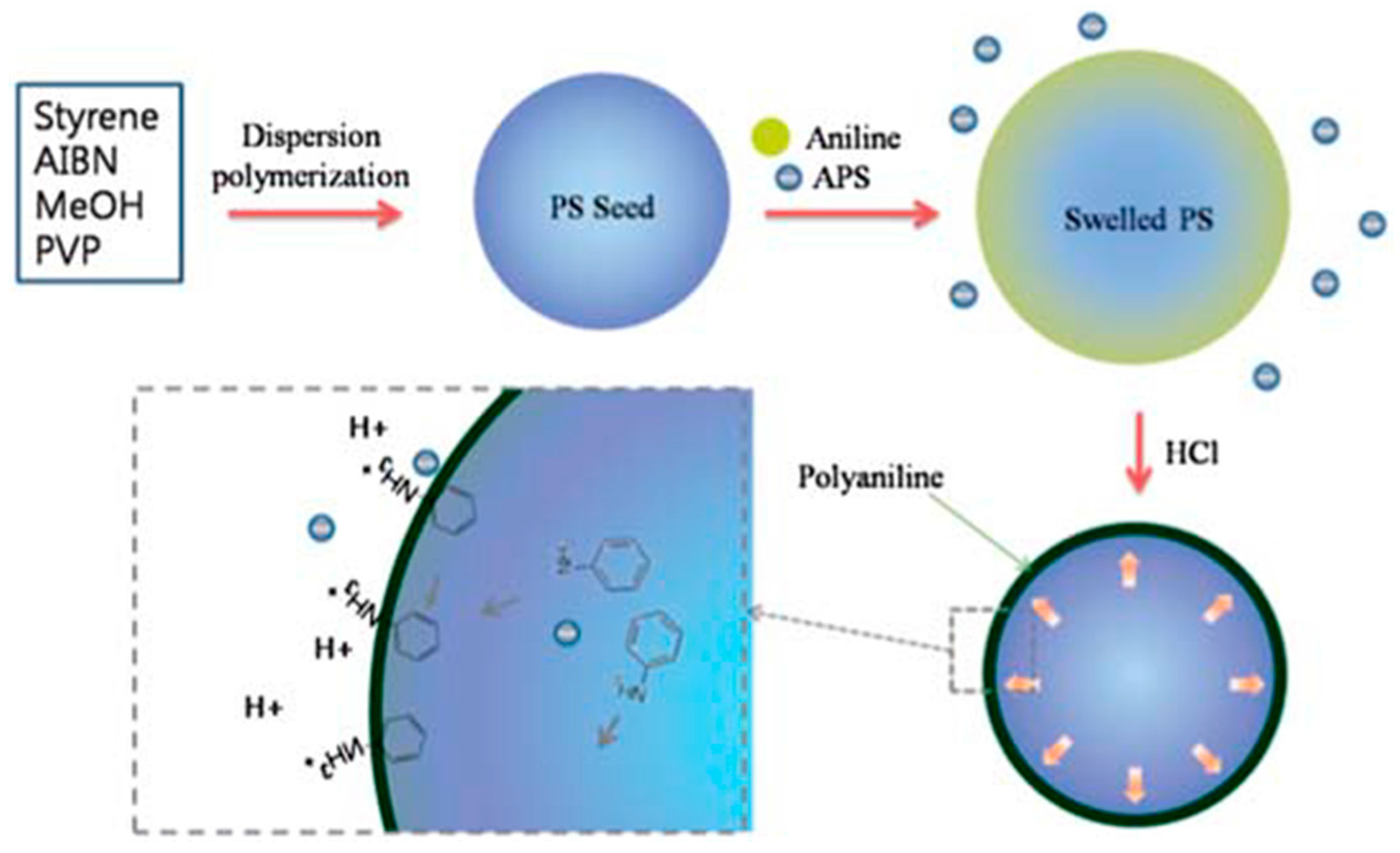

Particles as stationary phase in order to avoid the need of dedicated Received 15 April 2019 Received in revised form 28 August 2019 Accepted 2 September 2019Ġ039-9140/ © 2019 Elsevier B.V. SPPs have become as an alternative material for fully porousĬorresponding author. Particles (SPPs) targeted for HPLC has received considerable attention

In recent years, the design and application of superficially porous Is predicatively required, which places a huge burden on instrumentation and operation. Hardware, such as ultra-high pressure liquid chromatography (UHPLC), However, this strategy usually results in the considerably increased back pressure, and special Silica microspheres with smaller diameters (generally termed sub-2 μm) Theĭecrease of particle size is considered as a useful strategy to improveĬolumn efficiency based on the van Deemter equation, and thus the Resolution and low back pressure is still a continuing challenge. The improvement of high separation speed with keeping both the high It is well known that the development of column with high efficiency is everlasting in HPLC, and Specifically, high performance liquid chromatography (HPLC) has been considered as one of the mostĮffective technique to achieve this aim. The analysis of complex samples largely depends on fast and efficient separation technology. That the prepared SPP-C18 column provides higher column efficiency and the SPPs synthesized with the improved PICA method shows a great potential application for the fast separation of small solutes and proteins. Using SPP-C18 capillary column compared with commercial silica-C18 capillary column. The results indicate that more proteins and peptides can be identified In addition, the SPP-C18 capillary column was applied to separate and identify the BSA/HeLa/mouse liver digests Proteins were also separated completely within 2 min using the SPP-C18 column with 40 nm pore size. Compared with theĬommercial BEH-C18 column, more than 50,000/m of the plate number of propylbenzene was obtained, and theįormer provided higher column efficiency to separate small solutes than the latter. Homologues were achieved within 4 min by the SPP-C18 column with 8 nm pore size. The baseline separations of 6 kinds of alkyl benzenes and 5 kinds of aromatic alcohol Packed using octadecyltrichlorosilan e (ODS) modified SPPs with different pore sizes were employed to separate Silica core/colloidal silica sol and the particle size of colloidal silica sol, respectively. The shell thickness and pore size of SPPs can be controlled successfully by adjusting the weight ratio of Neutral ethanol solution, but also the secondary nucleation of the colloidal silica sol can be inhibited via optimizing the reaction conditions including pH, temperature, colloidal silica sol concentration and the reaction Of silica core during modification with ureidopropyltrimethoxysilane (UPS) can not only be avoided by reflux in In this paper, the SPPs were synthesized by an improved polymerization-induced colloid aggregation (PICA) method using urea-formaldehyde polymer as the template. Recently, superficially porous particles (SPPs) have been intensively studied and employed for highly efficientĪnd fast separations. Polymerization-induced colloid aggregation Hydrocarbon High-efficiency Utilization Technology Research Center, Shaanxi Yanchang Petroleum Group Co. Shaanxi Research Design Institute of Petroleum and Chemical Industry, Shaanxi Dangerous Chemical Supervision and Inspection Center, Xi'an, 710054, China Science in Shaanxi Province, Northwest University, Xi'an, 710069, China Key Laboratory of Synthetic and Natural Functional Molecule Chemistry of Ministry of Education, Institute of Modern Separation Science, Key Lab of Modern Separation Xiaohui Yanga, Guangping Wana, Shujuan Maa, Hongjun Xiaa, Jun Wanga,b, Jiawei Liua,∗∗, Improved polymerization-induced colloid aggregation method for fast Journal homepage: Synthesis and optimization of core-shell microspheres by an Contents lists available at ScienceDirect


 0 kommentar(er)
0 kommentar(er)
